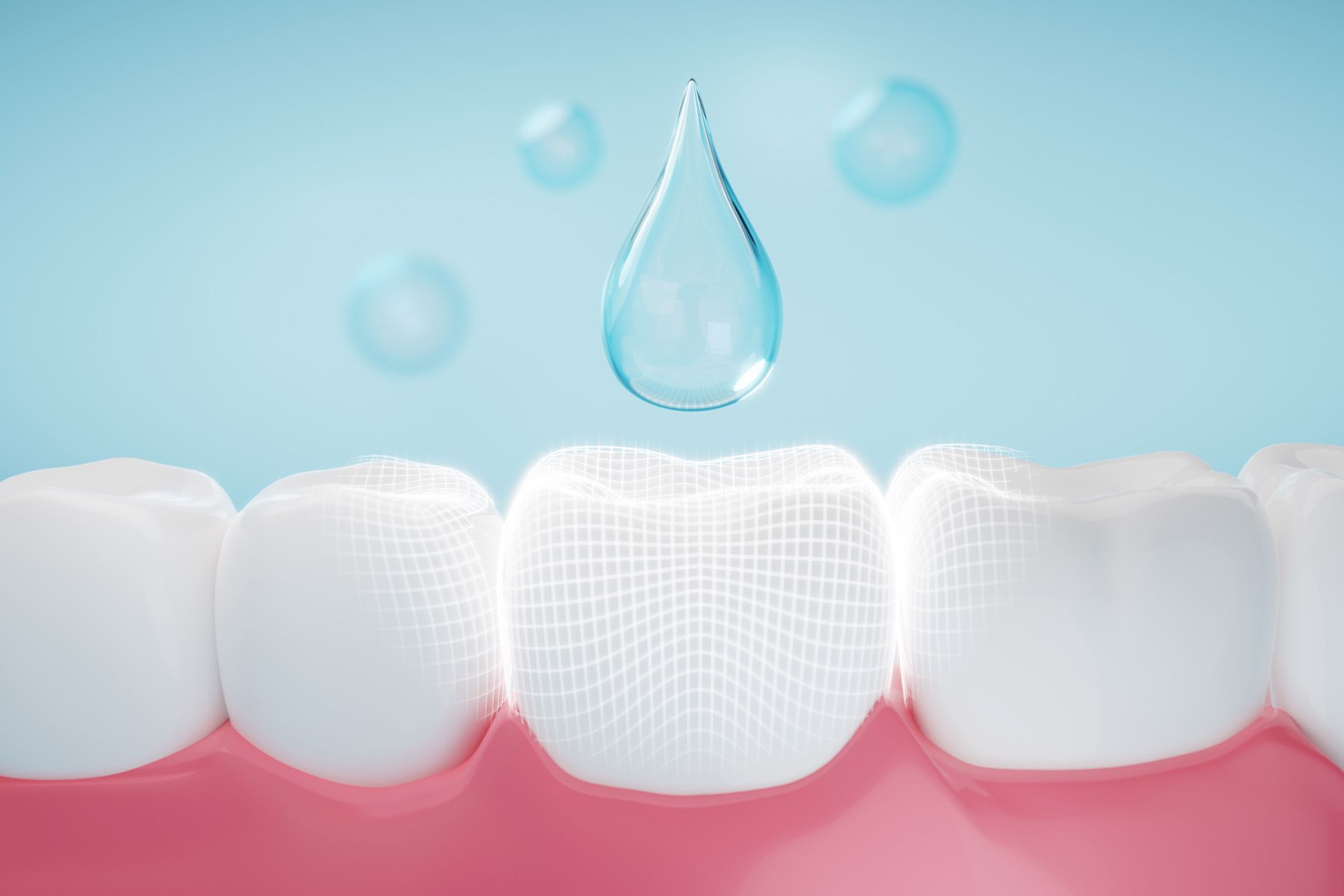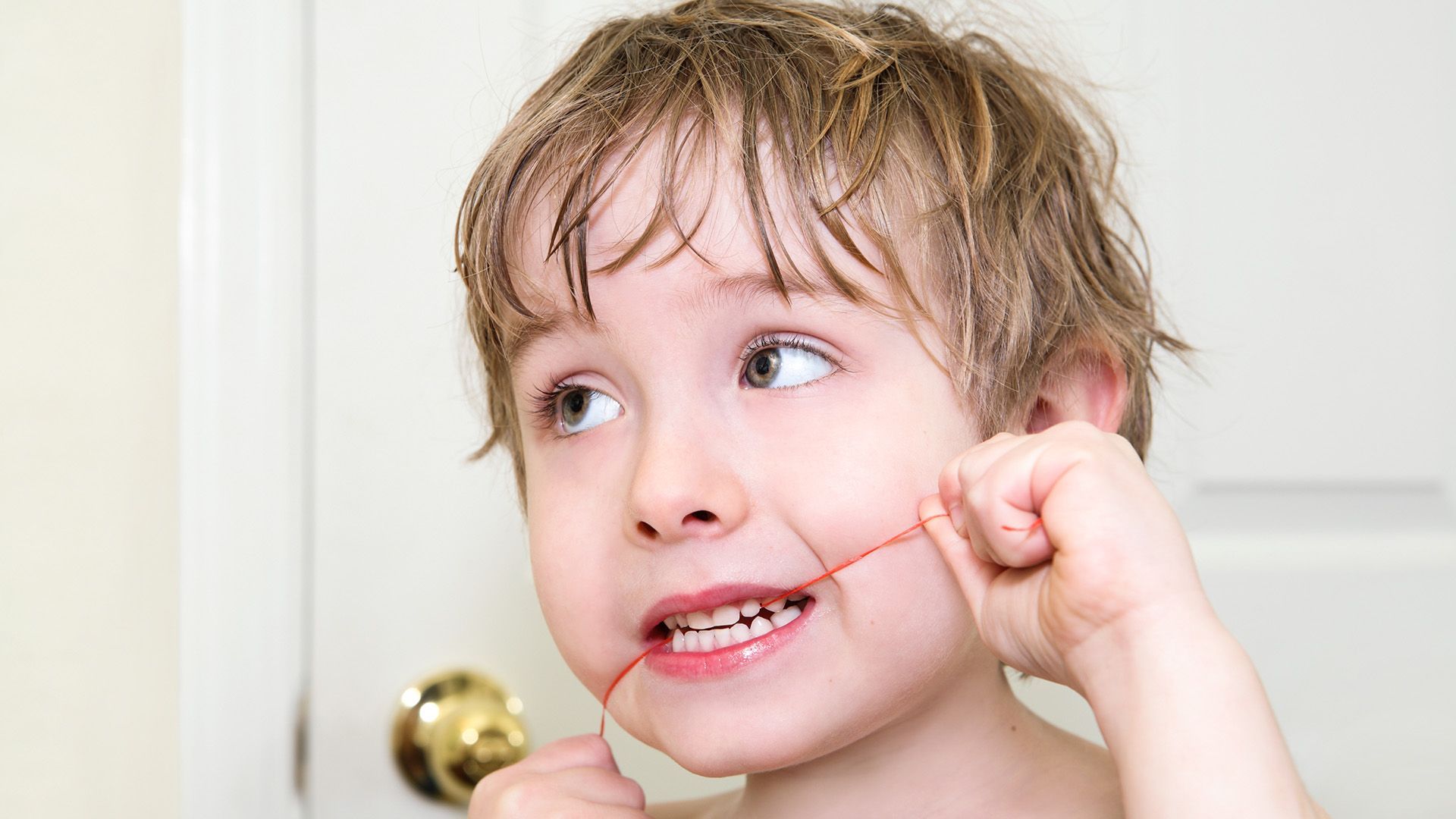When Do Molars Come In? A Guide for Parents
Understanding your child's dental development is essential, especially regarding the emergence of molars. These crucial teeth significantly impact chewing and overall oral health. This guide explores at what age do the back molars come in, what to expect during this phase, and how to manage any discomfort your child may experience. Staying informed helps promote healthy oral habits and ensures your child's smile remains bright and healthy. So, when do molars come in? Let's dive into the details to help you navigate this significant milestone in your child's dental journey.

Understanding Back Molars
Back molars are vital teeth located at the rear of the mouth, primarily responsible for grinding and chewing food. There are two types: primary (baby) molars and permanent molars. Primary molars typically appear in early childhood, while permanent molars emerge later, marking a significant transition in dental development. Knowing when do molars come in is crucial for parents.
Molars play a critical role in children's dental health, aiding proper jaw alignment and contributing to overall oral health. As children begin eating a wider variety of foods, molars help break down these foods, facilitating easier digestion. Knowing when these teeth come in helps parents maintain good oral hygiene and schedule regular dental visits.
There are distinct differences between baby and permanent molars. Baby molars are generally smaller and have thinner enamel compared to permanent molars, which are larger and designed to last a lifetime. Baby molars usually emerge between the ages of 1 and 3, while permanent molars typically start coming in around age 6. Understanding these stages can help parents monitor their child's dental health effectively.
Typical Age for Molar Eruption
The eruption of back molars is a significant milestone in a child's dental development. Typically, the first set of back molars, known as primary molars, begin to emerge around 13 to 19 months. Following this, the second set of back molars, or permanent molars, usually appear between the ages of 6 to 12 years. This timeline can vary significantly among children, with some experiencing earlier or later eruptions.
Variations in eruption age are common and can be influenced by factors such as genetics, nutrition, and overall health. Some children may see their back molars come in as early as 5 years, while others may not have them fully erupted until 7 or 8 years of age. It's essential for parents to understand that each child's dental development is unique, and slight variations in timing are entirely normal. Understanding molars by age is important for tracking dental health.
As back molars begin to emerge, parents can watch for signs such as increased drooling, a tendency to chew on objects, irritability, and gum sensitivity. Some children might also experience slight swelling or redness around the area where the molars are emerging. Recognizing these signs can help parents provide comfort and care to their children during this phase of dental development.
Managing Discomfort During Molar Eruption
The eruption of back molars can be challenging for children, often accompanied by symptoms indicating the onset of these teeth. Common symptoms include increased drooling, irritability, difficulty sleeping, and a tendency to chew on objects for relief. Parents may also notice swelling and tenderness around the gums where the molars are breaking through, adding to their child's discomfort.
Fortunately, several home remedies can help ease this discomfort. Gentle gum massages with a clean finger can provide immediate relief, while cold foods or teething rings can numb the area and reduce inflammation. Over-the-counter pain relievers specifically formulated for children can also be effective, but it's essential to consult your pediatrician for appropriate recommendations.
While many children experience mild discomfort during molar eruption, it's crucial to consult a dentist if your child exhibits severe pain that disrupts daily activities, has a fever, or shows signs of infection, such as pus or an unusual foul smell. Regular dental check-ups can help monitor the eruption process and ensure your child's oral health remains on track. Understanding the 6-year molar eruption phase is particularly important during dental visits.
Promoting Healthy Oral Development
As your child’s back molars begin to emerge, typically between the ages of 6 and 12, focusing on dental hygiene is crucial. These molars play a significant role in chewing and overall oral function. Regular brushing and flossing help remove food particles and plaque that can accumulate around these new teeth, reducing the risk of cavities and gum disease. Encourage your child to brush twice a day with fluoride toothpaste to strengthen their enamel and promote healthy teeth development.
Nutritional choices also profoundly impact oral health. A balanced diet rich in vitamins and minerals, particularly calcium and phosphorus, supports the development of strong teeth. Incorporate dairy products, leafy greens, and nuts into your child’s meals. Additionally, limit sugary snacks and drinks, as they can lead to tooth decay, especially when molars are just coming in.
Regular dental check-ups are essential for monitoring your child’s oral health as their molars emerge. These visits allow the dentist to assess the development of the teeth and address any potential issues early on. Professional cleanings and examinations can help catch problems like cavities or misalignment before they become more serious. By prioritizing these check-ups, you’re ensuring that your child’s smile remains healthy and vibrant as their molars continue to grow. Knowing molars by age and the 6-year molar eruption timeline can help keep your child's dental health in check.









